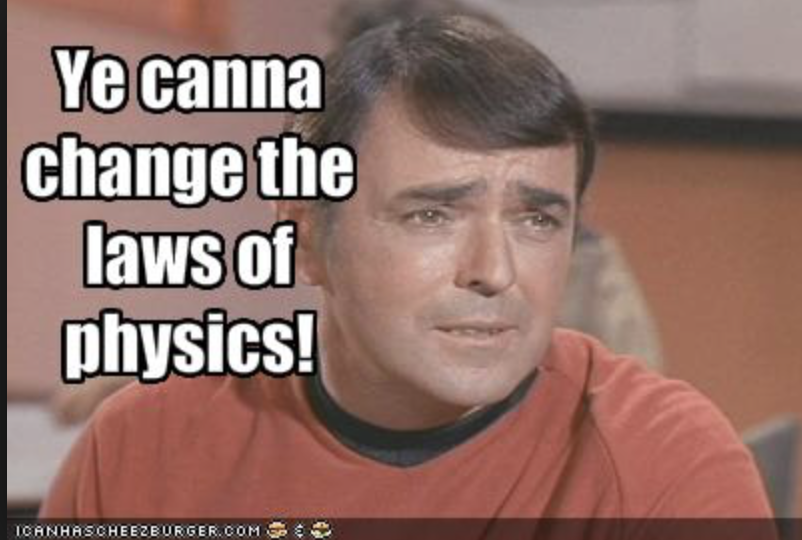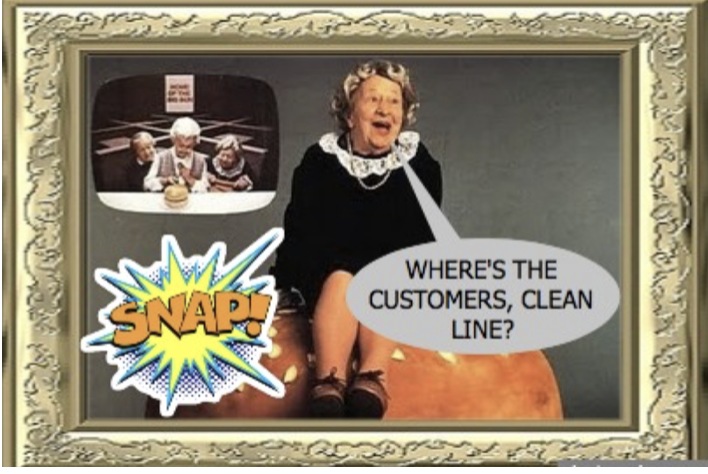The RTO does whatever it wants and suffers no consequences. If its planning or data is off, there is no accountability. Payment of damages is not the solution since RTOs are not-for-profit entities wholly supported financially by electric consumers. Essentially, consumers harmed by the actions of an RTO would be suing themselves.
Except now the Texas Supreme Court is considering whether the Electric Reliability Council of Texas (ERCOT) should pay damages to a company that built several new power plants based on ERCOT projections that subsequently went under because ERCOT's projections turned out to have been wildly wrong.
Panda Power built three power plants earlier in this decade, investing billions of dollars based on projections from the state’s grid manager that Texas desperately needed more generation to meet growing electricity demand. But those projections turned out to be wildly wrong — Texas, in fact, had plenty of power — and Panda ended up losing billions of dollars and putting one of the plants into bankruptcy, unable to sell electricity at prices sufficient to cover debts.
The Dallas company is now in court, alleging that the Electric Reliability Council of Texas intentionally manipulated the projections to encourage new power plant construction and relieve the political pressure that was building on the grid manager to increase generation in the state. The case has implications that reach beyond whether Panda gets its money back to issues as profound as the reliability of power grid, the integrity of the wholesale electricity market and the accountability of an organization whose decisions affect thousands of businesses, millions of people and billions of dollars.
The Texas Supreme Court is considering whether ERCOT, a private, nonprofit corporation, is entitled to sovereign immunity, a well-established legal principle that protects governments and their agencies from lawsuits. The high court’s decision, expected later this year, could determine whether electricity buyers and sellers can hold the grid manager responsible for pricing errors, mistake-ridden forecasts or life and death consequences of power outages.
Ahh... here were are again at the question of RTO godliness. Except RTOs are not governments or government entities. They are industry cartels, run by a membership of for-profit utility corporations, sanctioned by a federal regulator. So, who is responsible when an RTO makes a huge mistake that costs another party financial harm? The consumers who "benefit" from the RTO actions are also responsible for its mistakes. Is it that RTOs just provide so much benefit that they are allowed to make some mistakes that come off the "benefit" tally?
It seems that way, if you take in the big picture. RTOs routinely make mistakes in their transmission planning. Often, an RTO has ordered a new transmission project that is proven to not be needed. Once an RTO orders a transmission project, consumers pay for it. But what happens when a transmission project consumers have been paying for is found not to be needed after all? Consumers still pay for it. Even when it is not built, the utility "ordered" to build it is held harmless (because it was only doing what it was ordered to do), and is shielded from taking any financial responsibility for the project. Abandoned transmission ideas are fully recovered from ratepayers, plus interest. And we're not just talking about minor costs here, we're talking about billions of dollars paid for bad transmission ideas that were cancelled before putting a shovel to the ground.
But what if RTOs found themselves liable for their mistakes? In the Texas case, it would mean that the company who built the unneeded power plants is made whole, and consumers in Texas would foot the bill for the failed power plants. How is that any different that what happens every day as a result of failed transmission plans? A transmission line is fully recoverable, but a generator is not? Is that because a transmission line is "ordered" and a generator assumes its own risk based on RTO forecasts? Why are transmission lines more necessary than generators? They ought all be put in the same basket.
This is an interesting case to follow. Will RTOs finally have to answer to someone? Will consumers get tossed under the bus again? And how do we fix the escalating problem of RTO mistakes? No accountability increases mistakes. If there is no penalty for a mistake, accuracy goes out the window.
And what about those for-profit utilities that constitute RTO memberships? When are they going to be held responsible for their own errors? In reality an RTO rarely comes up with a transmission idea of its own. A transmission idea is brought to the RTO by the for-profit utility, and since the RTO is membership driven, the RTO is merely a rubber stamp for its members. The RTO gives the for-profit utilities a mantle of immunity, a sense that it answers to no one, and failure becomes unimportant because someone else will pay for it.
This article perhaps suggests that RTOs should be government entities, not for-profit utility cartels. Would that cure the error rate? Doubtful. It would just grant immunity to a bunch of inept governmental functionaries captured by for-profit utilities.
Perhaps the member utilities should be responsible for the costs of failed RTO planning? Of course, as the article points out, they would simply pass these costs onto their customers. However, the costs would become more visible to consumers and the for-profit utility would have to wear the failure in the court of public opinion.
If RTOs do not enjoy sovereign immunity, perhaps it's time to start holding them financially accountable for their mistakes.





 RSS Feed
RSS Feed